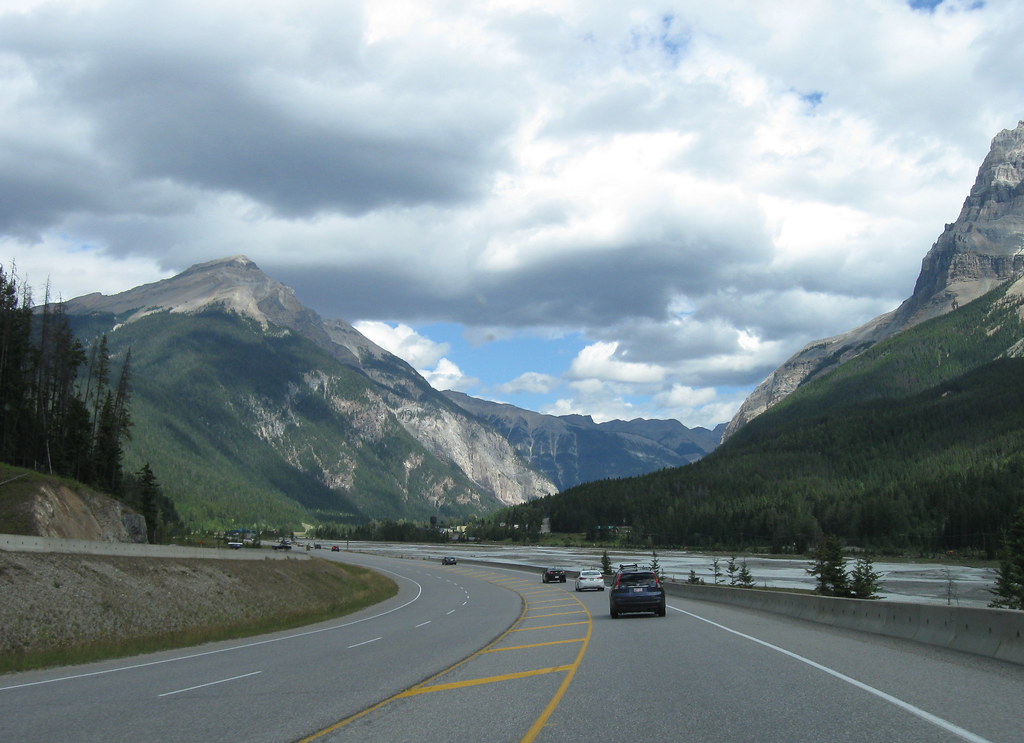The Trans-Canada Highway is the longest national highway in the world, stretching nearly 7,604 kilometers (4,725 miles) from Victoria, British Columbia, to St. John’s, Newfoundland, and Labrador. The highway is a vital transportation link, connecting Canada’s provinces and territories and providing access to some of the country’s most scenic landscapes and iconic destinations.
Fact: Canada has the longest highway in the world – Trans-Canada Highway, which is nearly 7,604 km.
Built-in 1962, the Trans-Canada Highway passes through ten provinces and links Canada’s major cities, including Vancouver, Calgary, Winnipeg, Toronto, and Montreal. The highway also provides access to some of Canada’s most famous national parks and tourist destinations, including Banff National Park, Gros Morne National Park, and Prince Edward Island.
Despite its length, the Trans-Canada Highway is well-maintained and provides a comfortable and scenic driving experience. Along the way, travelers can enjoy breathtaking views of Canada’s mountains, forests, lakes, coastlines, and charming small towns and cities.

In addition to its importance as a transportation link, the Trans-Canada Highway also plays a significant role in Canada’s cultural identity. The highway has been the subject of countless songs, stories, and films and is often seen as a symbol of Canadian unity and national pride.
Did you know about the Trans-Canada Highway?
Here are some fascinating facts about the Trans-Canada Highway:
- The Trans-Canada Highway is the longest national highway in the world, stretching over 7,821 km (4,860 miles) from Victoria, British Columbia, to St. John’s, Newfoundland and Labrador.
- It was officially opened in 1962 after nearly 20 years of construction, costing approximately $1 billion.
- The highway passes through all 10 provinces and connects over 400 communities along its route, making it a vital transportation link for people and goods.
- The Trans-Canada Highway is also a popular tourist attraction, offering stunning views of the Canadian landscape and access to numerous national parks, historic sites, and other attractions.
- The highway passes through some of Canada’s most challenging terrain, including mountains, forests, and vast expanses of wilderness.
- One of the most famous stretches of the highway is the Cabot Trail in Nova Scotia, renowned for its spectacular coastal views and rugged beauty.
- The highway has undergone numerous upgrades and improvements over the years, including adding new lanes, interchanges, and bridges to improve safety and traffic flow.
- In 2000, the Canadian government designated the Trans-Canada Highway as a National Historic Site of Canada, recognizing its importance as a symbol of national unity and a vital link between Canada’s regions.
- The highway has been the scene of many memorable moments in Canadian history, including the opening of the 1988 Winter Olympics in Calgary and the 1997 funeral procession of Princess Diana in British Columbia.
- Despite its length and importance, the Trans-Canada Highway is not a continuous road; there are several interruptions where travelers must take ferries or other modes of transportation to cross waterways or other obstacles.
Conclusion
The Trans-Canada Highway is an iconic feature of Canada’s transportation and cultural landscape. Its length and scope make it an ideal way to explore Canada’s diverse geography and connect with its people and culture. Whether you’re a Canadian resident or a visitor to the country, the Trans-Canada Highway is a must-see destination.
Sources:
- The Canadian Encyclopedia
- Travel Alberta